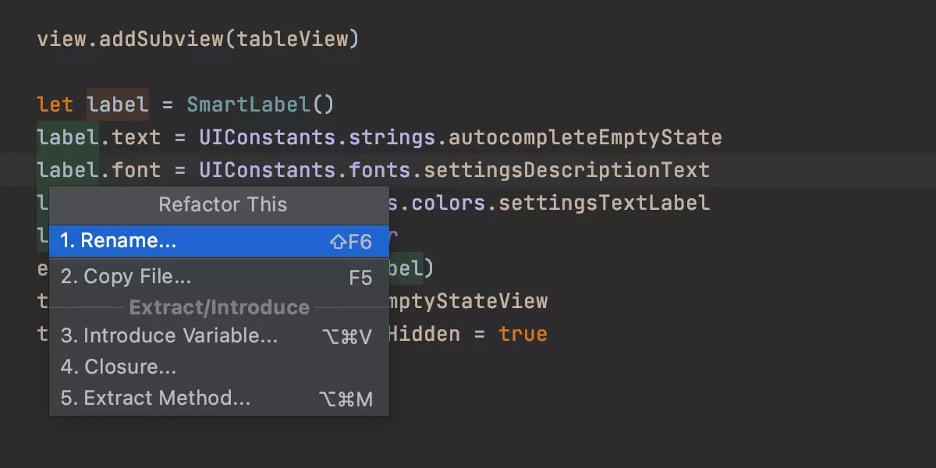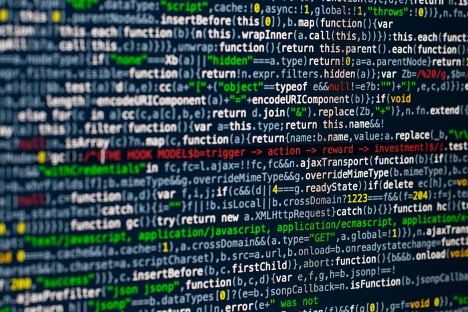What are code refactoring concepts?
Code refactoring, a term used in making computer programs, is not just words. This important practice helps keep software projects working well. In easy words, refactoring code means reorganizing old computer code without making any changes in how it works. This method is used to make code easier to understand, help keep it in good shape over time and simplify things. Let's look into the world of changing codes. We need to do it, it helps us and has good ways so that we can make stuff better easily.
What is Code Refactoring?
Refactoring code means carefully changing old code without affecting how it works. It's not about adding new features or fixing bugs, but about improving the internal structure and design to make it more:
- Readable: Clear and concise code is easier to understand and maintain, both for you and future developers.
- Maintainable: Well-organized code allows for easier modification and addition of new features without introducing errors.
- Reusable: Modular, well-defined code components can be readily reused in other projects, saving time and effort.
- Testable: Clean code is easier to write unit tests for, leading to more robust and reliable software.
The Need for Code Refactoring
Have you ever seen a code that looks like a mess, making it hard to understand? This shows that we need to change the code's structure. Old and complicated code doesn't just slow down programmers, but it can also harm how the software works. Knowing these signs and realizing the need for improving is the first step to a better coding system.
Benefits of Code Refactoring
The good things about changing code are many. It's not just about making the code look nice; it really makes the quality better. Neat and tidy code is simpler to read and grasp, which helps in spotting glitches quickly while making software faster. Fixing and improving code helps make a software project successful in the long run. It also makes it easier to grow as needed over time.
Common Code Refactoring Techniques
Developers employ various techniques when refactoring code. The "Extract Method" skill is about splitting a long function into smaller, easy to handle parts. "Change Method or Variable Name" is another way to help give important names to methods and variables. This makes the code easier to understand. "Consolidate Conditional Expression" streamlines complex conditional statements, making the code more concise.
When to Refactor Code
Code refactoring should not be a sporadic activity; rather, it should be ingrained in the development process. Regular code reviews, especially after major updates, provide an opportunity to identify areas for improvement. Addressing performance issues is another trigger for code refactoring, ensuring the software runs smoothly.
Why Refactor?
Even the well-written code can succumb to the entropy of development. Deadlines and changing requirements can lead to hastily written code, patches on top of patches, and eventually, a tangled mess. Refactoring helps to:
- Reduce technical debt: The longer you wait to address messy code, the harder and more expensive it becomes to fix later.
- Increase developer productivity: Clean code enables developers to focus on adding new features rather than deciphering existing ones.
- Improve software quality: By making code more robust and less prone to errors, refactoring leads to higher-quality software.
Challenges in Code Refactoring
While the benefits are apparent, challenges exist in the world of code refactoring. Time and resource constraints often deter developers from investing in refactoring efforts. Striking a balance between improving code quality and meeting project deadlines requires strategic planning. Minimizing disruption to existing functionalities is also a challenge that developers must navigate.
Core Concepts of Code Refactoring:
Refactoring isn't about magic spells, but rather a set of well-defined techniques and principles. Here are some key concepts:
- Small, incremental changes: Refactoring involves breaking down large changes into smaller, manageable steps. This minimizes the risk of regressions and makes the process easier to control.
- Focus on design: Refactoring aims to improve the overall design of your code, not just its syntax. This involves using design patterns, appropriate data structures, and clear abstraction.
- Testing is crucial: Before and after each refactoring step, ensure your tests pass to guarantee that you haven't broken anything.
- Code smells: These are indicators of potential problems in your code that can be addressed through refactoring. Examples include duplicate code, long methods, and magic numbers.
Best Practices for Code Refactoring
To ensure the success of code refactoring, developers should embrace best practices. Utilizing version control systems allows for tracking changes and reverting if necessary. Writing comprehensive tests before refactoring ensures that the code modifications do not introduce new bugs.
Popular Refactoring Techniques
Many refactoring techniques exist, each addressing specific code issues. Here are a few common ones:
- Extract method: Break down a long method into smaller, more focused methods for improved readability.
- Rename variable: Give descriptive names to variables and functions to enhance code clarity.
- Introduce private class: Move internal helper functions and variables into a private class to encapsulate implementation details.
- Push down method: Move a method closer to where it's used to improve cohesion and reduce dependency.
- Extract interface: Define an interface for shared functionality between classes to decouple them and enhance flexibility.
Tools for Code Refactoring
The software development landscape is equipped with various tools to facilitate code refactoring. Popular tools like ReSharper, Eclipse, and IntelliJ IDEA offer features that automate and streamline the refactoring process. Integrating these tools into the development workflow enhances efficiency and accuracy.
Conclusion
Code refactoring is not merely a one-time task but a continuous process that contributes to the overall success of a software project. Developers should view refactoring as an investment in the future, a practice that pays off in terms of code quality, team collaboration, and project sustainability. Embracing code refactoring as a cultural norm in the development process ensures that software remains agile, adaptable, and resilient in the face of evolving requirements.

